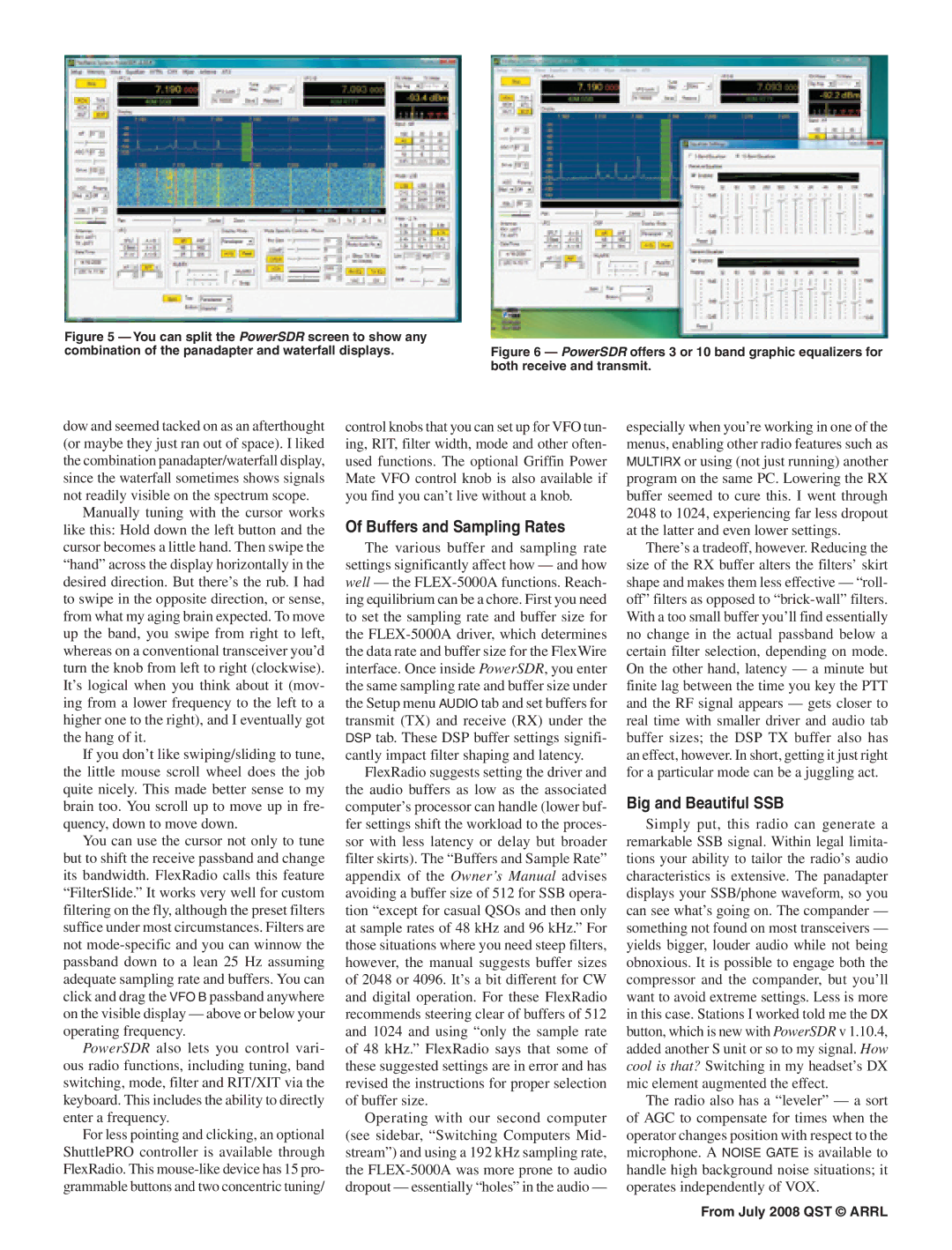
Figure 5 — You can split the PowerSDR screen to show any combination of the panadapter and waterfall displays.
Figure 6 — PowerSDR offers 3 or 10 band graphic equalizers for both receive and transmit.
dow and seemed tacked on as an afterthought (or maybe they just ran out of space). I liked the combination panadapter/waterfall display, since the waterfall sometimes shows signals not readily visible on the spectrum scope.
Manually tuning with the cursor works like this: Hold down the left button and the cursor becomes a little hand. Then swipe the “hand” across the display horizontally in the desired direction. But there’s the rub. I had to swipe in the opposite direction, or sense, from what my aging brain expected. To move up the band, you swipe from right to left, whereas on a conventional transceiver you’d turn the knob from left to right (clockwise). It’s logical when you think about it (mov- ing from a lower frequency to the left to a higher one to the right), and I eventually got the hang of it.
If you don’t like swiping/sliding to tune, the little mouse scroll wheel does the job quite nicely. This made better sense to my brain too. You scroll up to move up in fre- quency, down to move down.
You can use the cursor not only to tune but to shift the receive passband and change its bandwidth. FlexRadio calls this feature “FilterSlide.” It works very well for custom filtering on the fly, although the preset filters suffice under most circumstances. Filters are not
PowerSDR also lets you control vari- ous radio functions, including tuning, band switching, mode, filter and RIT/XIT via the keyboard. This includes the ability to directly enter a frequency.
For less pointing and clicking, an optional ShuttlePRO controller is available through FlexRadio. This
control knobs that you can set up for VFO tun- ing, RIT, filter width, mode and other often- used functions. The optional Griffin Power Mate VFO control knob is also available if you find you can’t live without a knob.
Of Buffers and Sampling Rates
The various buffer and sampling rate settings significantly affect how — and how well — the
FlexRadio suggests setting the driver and the audio buffers as low as the associated computer’s processor can handle (lower buf- fer settings shift the workload to the proces- sor with less latency or delay but broader filter skirts). The “Buffers and Sample Rate” appendix of the Owner’s Manual advises avoiding a buffer size of 512 for SSB opera- tion “except for casual QSOs and then only at sample rates of 48 kHz and 96 kHz.” For those situations where you need steep filters, however, the manual suggests buffer sizes of 2048 or 4096. It’s a bit different for CW and digital operation. For these FlexRadio recommends steering clear of buffers of 512 and 1024 and using “only the sample rate of 48 kHz.” FlexRadio says that some of these suggested settings are in error and has revised the instructions for proper selection of buffer size.
Operating with our second computer (see sidebar, “Switching Computers Mid- stream”) and using a 192 kHz sampling rate, the
especially when you’re working in one of the menus, enabling other radio features such as MULTIRX or using (not just running) another program on the same PC. Lowering the RX buffer seemed to cure this. I went through 2048 to 1024, experiencing far less dropout at the latter and even lower settings.
There’s a tradeoff, however. Reducing the size of the RX buffer alters the filters’ skirt shape and makes them less effective — “roll- off” filters as opposed to
Big and Beautiful SSB
Simply put, this radio can generate a remarkable SSB signal. Within legal limita- tions your ability to tailor the radio’s audio characteristics is extensive. The panadapter displays your SSB/phone waveform, so you can see what’s going on. The compander — something not found on most transceivers — yields bigger, louder audio while not being obnoxious. It is possible to engage both the compressor and the compander, but you’ll want to avoid extreme settings. Less is more in this case. Stations I worked told me the DX button, which is new with PowerSDR v 1.10.4, added another S unit or so to my signal. How cool is that? Switching in my headset’s DX mic element augmented the effect.
The radio also has a “leveler” — a sort of AGC to compensate for times when the operator changes position with respect to the microphone. A NOISE GATE is available to handle high background noise situations; it operates independently of VOX.
From July 2008 QST © ARRL
